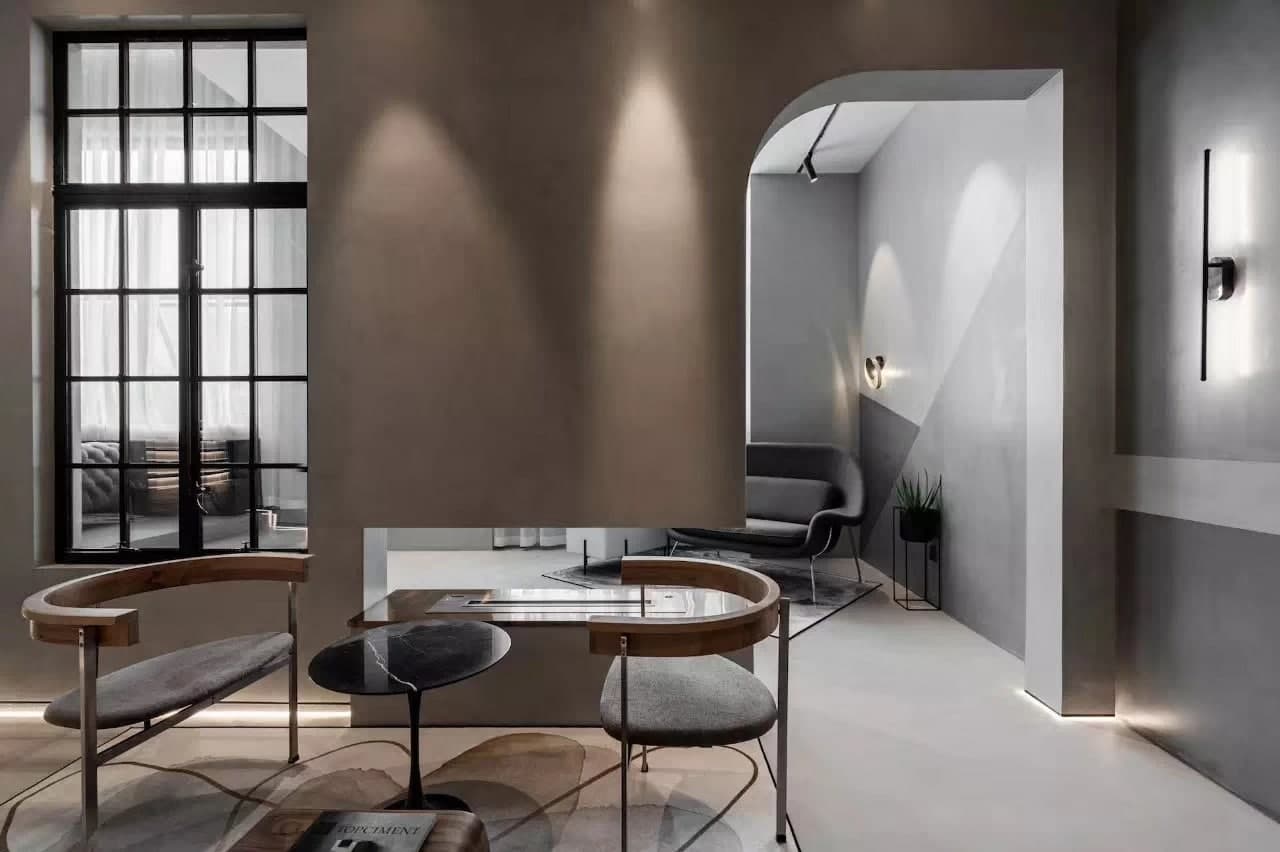Micro-cement flooring
Micro-cement is one of the most widely used continuous floors in the world, which can be applied on kitchen floors, bathroom floors, terrace floors, etc., due to the various decorative facilities it offers for indoor and outdoor use.
Micro-cement coating, which is many years old, has become very popular in recent years, especially for covering all types of flooring. Here's everything you need to know about microfiber flooring.
Advantages of microfiber flooring
The use of microfiber on the floor has numerous advantages, the most important of which are its durability and high resistance to traffic, wear, tear, as well as anti-slip coating. In fact, these factors have made the use of micro-cement flooring for indoor and outdoor spaces very popular.

The following is a summary of some of the most important benefits that this decorative covering can have as a floor:
- Due to the minimum thickness between 2 and 3 mm, it does not raise the floor surface.
- The floor is continuous, i.e. there are no seams, and the entire floor reconstruction is done in one piece.
- It adheres to any material without the need to remove the existing substrate and prevents heavy debris and reconstruction.
- It is unchangeable against ultraviolet rays and has very good thermal resistance.
- It has an enviable resistance to traffic, abrasion and household cleaning products.
- No microfiber flooring is similar due to the variety of colors and textures provided by this decorative coating.
- It can be used as interior flooring as well as outdoor flooring, for example on terraces.

How to install micro-cement flooring
Now that you know all the benefits of microfiber flooring, it's time to explain how to do it. To successfully install cemic micro-cement flooring, six steps must be considered:
- Clean the desired surface before applying the micro-cement layer
- Apply primer on the previous surface
- Execute two toxic base layers
- Execution of two toxic layers of General Fine Grid
- Created on .
- Last updated on .
